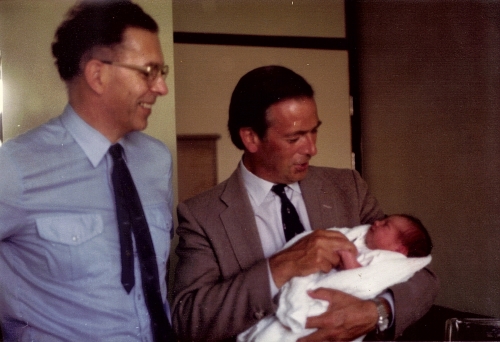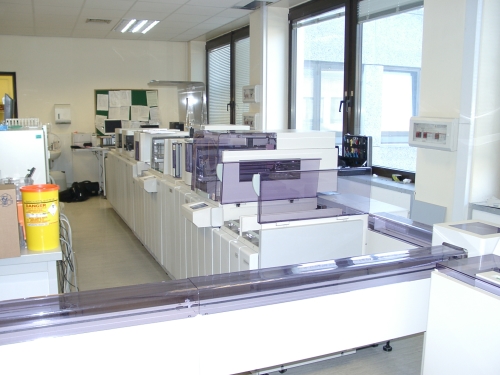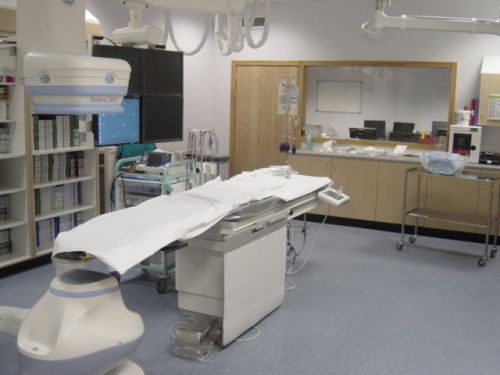Ninewells 1974-2014
Technology
Ninewells Hospital opened with state-of-the-art technology, but there have been many advances since then that have revolutionised medical research and treatment. This panel looks at just a few of these changes.
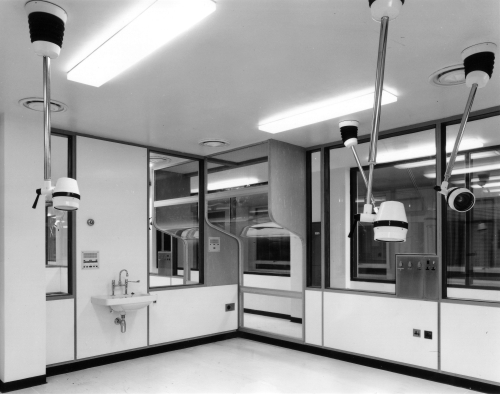
Image above: This picture may look like a set from a science-fiction film, but it actually shows a typical nursery in the Premature Baby Unit at Ninewells in 1974 (courtesy of NHS Tayside).
Image above: The first in-vitro fertilisation “test-tube” baby in Scotland was born at Ninewells in 1984 following the establishment of the Assisted Conception Unit by Dr John Mills and Dr Geoff James. Pioneering work in human clinical embryology and assisted conception continues today.
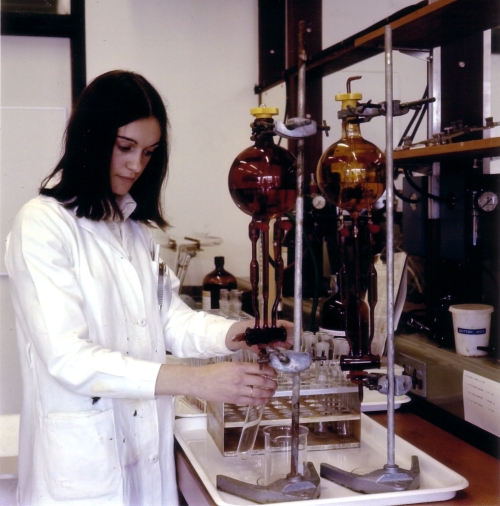
Image above: The Steroid Biochemistry laboratory in the 1970s, where the extraction and analysis of steroids from plasma and urine was performed manually, usually a two-day process followed by lengthy recording of data. Today's laboratory has not a test tube in sight, and a whole range of investigations can now be done using complex specialist technology. (courtesy of NHS Tayside)
Image above: A recent development at Ninewells is the amalgamation of Bio-chemical Medicine, Haematology and Immunology laboratories to form the Core Blood Sciences Laboratory. This laboratory houses a Siemens Aptio Track and Modular Chemistry analyser system, the first of its type to be commissioned. Around 6,000 samples are processed each day using the automated sample handling system, with up to 100 different tests on each sample being carried out.
Image above: In 2010 the angioplasty reperfusion service in the cardiac catheter laboratory was extended to provide a 24-hours a-day, seven-days-a-week service. It was estimated that around 275 patients a year would benefit, and this service plays an important role in saving the lives of heart attack patients as well as shortening hospital stays.

Image above: Much of the credit for keyhole surgery as we know it today goes to Sir Alfred Cuschieri, shown here in the centre teaching at the Surgical Skills Unit in 1994. This minimal access technique has been adopted internationally for the management of a whole range of surgical procedures. (Image copyright DC Thomson & Co Ltd)
